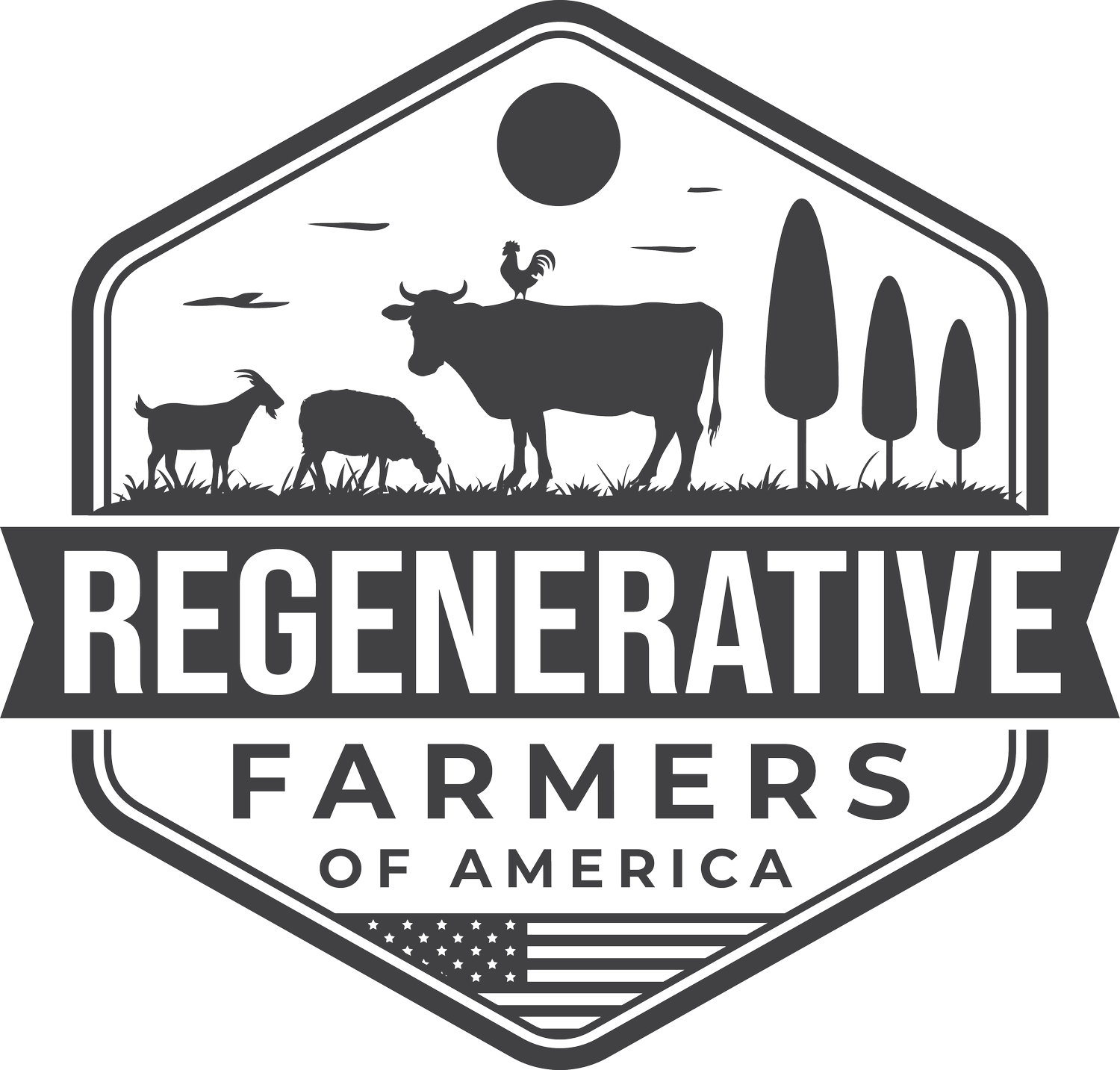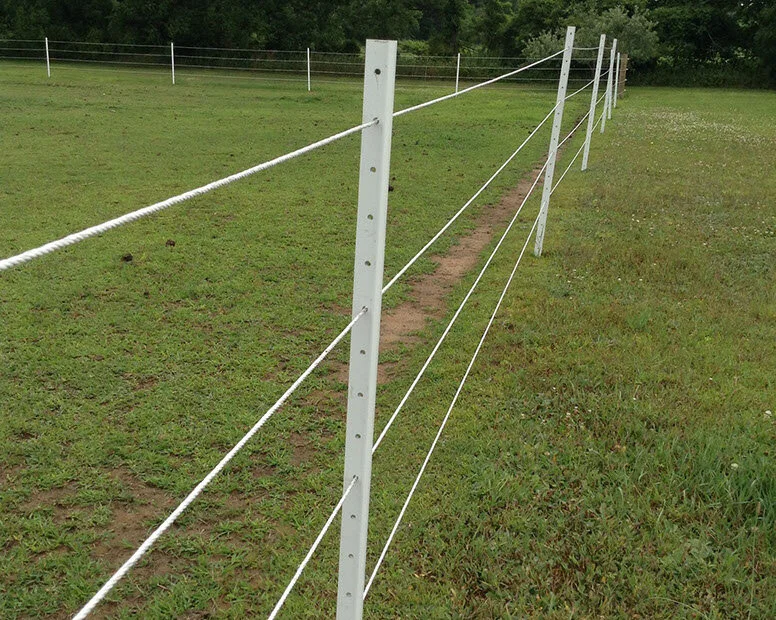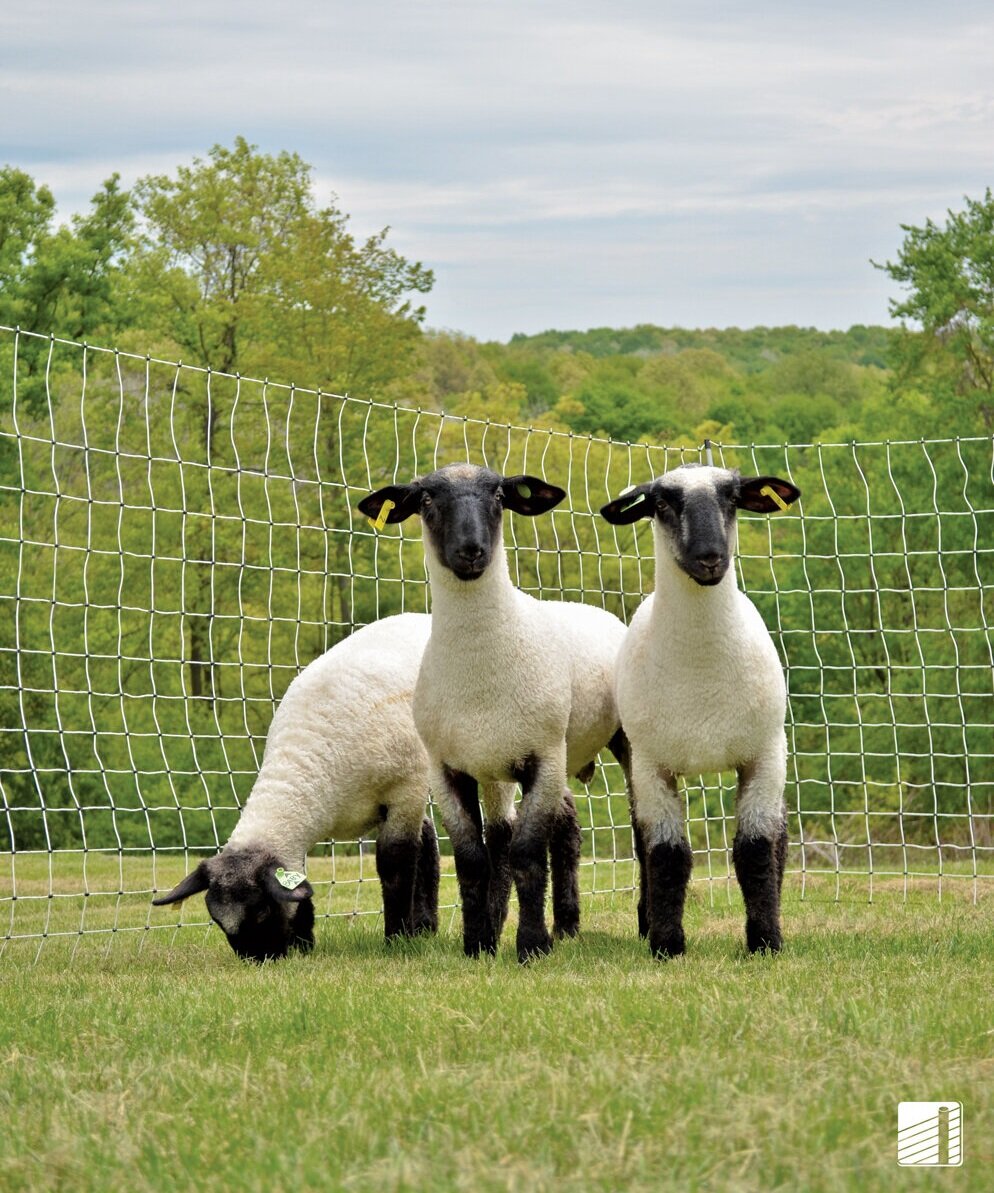Fencing Options for Rotational Grazing
The benefits of rotational grazing are numerous, including improved soil health, increased forage productivity, and better animal health. However, to implement a successful rotational grazing system, proper fencing is essential.
Options for Rotational Grazing Fence Systems + Examples below
There are endless options of fencing but for the sake of summation we will go over 3 types: Permanent, Semi-Permanent, and Temporary.
Below find examples of mobile grazing systems and what farmers recommend.
Semi-Permanent fencing – Semi Permanent fencing is the grey area between permanent and temporary fencing. These fencing options are more robust then most temporary systems but have more maneuverability. One of our favorite examples of semi-permanent fencing is Timeless Fence. The fence posts are made of rigid PVC so that they hold up for many years but also are able to be pulled out of the ground and moved to another location if desired.
We really like this system for its ability to cross-section it with hooks and a free electric line that would allow you to divide the paddock and rotationally graze it.
This system is ideal for putting in framework of a large pasture then subdividing with temporary fencing. The benefit is the semi-permanent fencing can be electrified and tied to, rather than having to bring your mobile charging rig with you every time you move.
Temporary fencing (Also known as Mobile Fencing) – We saved the best for last because temporary fencing is one of the best options for those getting started or those working for specific goals of their land. Temporary systems can be as simple as a few stakes, a reel of polywire electric line, and an electric charger.
These systems are ideal because you can put your paddocks anywhere you want. If one section of your usual paddock has received excess rainfall or has a section you don’t want to graze? Just place your stakes farther back than last time. Every paddock is customizable and this is fantastic while you are still learning about your land, weather, seasons, growing patterns and grazing.
This system is also great for abnormal grazing areas. Pigs and goats are fantastic for grazing in heavily wooded areas. Not only do they clear underbrush, small trees, and invasive plants, but there is a huge variety of foods for their diets. In the woods, rocks, logs, etc are common and can be really tough to get a fence system in. With temporary fencing, you just drop the stakes where you need them and use whatever height lines you need to get over brush, logs, etc. This also allows you to use land that is otherwise hard to access and utilize.
Be aware that mobile fencing is usually more time consuming! Plan for the amount of time you will need to move animals to ensure you are set up for success long term.
Electric Mobile Fencing for Rotational Grazing
Type of fencing
Last section to consider is type of electric fencing, line or netting.
Electric lines are typically easier to move and manage. Save yourself a ton of time and get a reel so it can be rolled up and unrolled quickly. Most farmers start with 4-5 lines and slowly go down to 3 or sometimes even 1 electric line once livestock have learned the system.
We highly recommend the 5 line smart reels. They let you set up 5 lines in a fraction of the time. This is ideal for goats and sheep. Most cattle can be trained down to a single or double-strand polywire system.
The number of electric lines needed is specific to animal species.
Many people rotationally graze cattle with one or two electrical lines. This is done by taking a reel and polywire plus step-in posts and making paddocks.
Animals like goats will require more lines like the 5 strand system.
ALL species will need to be trained to the wire so they understand it is electric.
Netting is your option when lines won’t keep your type of livestock in such as chickens, ducks, geese, or goats. Some people are able to maintain goats with electric lines but we have not so we chose netting for a few of our animals for added security. While they offer a denser barrier, they are harder to move and are harder to set up in non-cleared pasture. Any low brush, grass, etc will need to be cleared so that they do not short the electric netting.
Netting systems are typically used on chickens, goats, pigs, and sheep.
NETTING WARNING - Electric netting systems can allow animals to get stuck and possibly die. We feel this is an area not talked about enough. If animals are not trained to the netting system, or sometimes even if they are, they can stick their heads through the holes, get stuck, and face injury or sometimes even death (we experienced a loss of an ewe on our farm from this system). If using this system, make sure your fences are always tight and high electric so animals do not contest it and run the risk of injury or death.
Some other time saving tricks of the trade are to invest in a great reel if you are using a single line electrical wire.
It can take a lot of time to wind up lines, having a great reel with shorten the amount of work with every turn of the reel!





